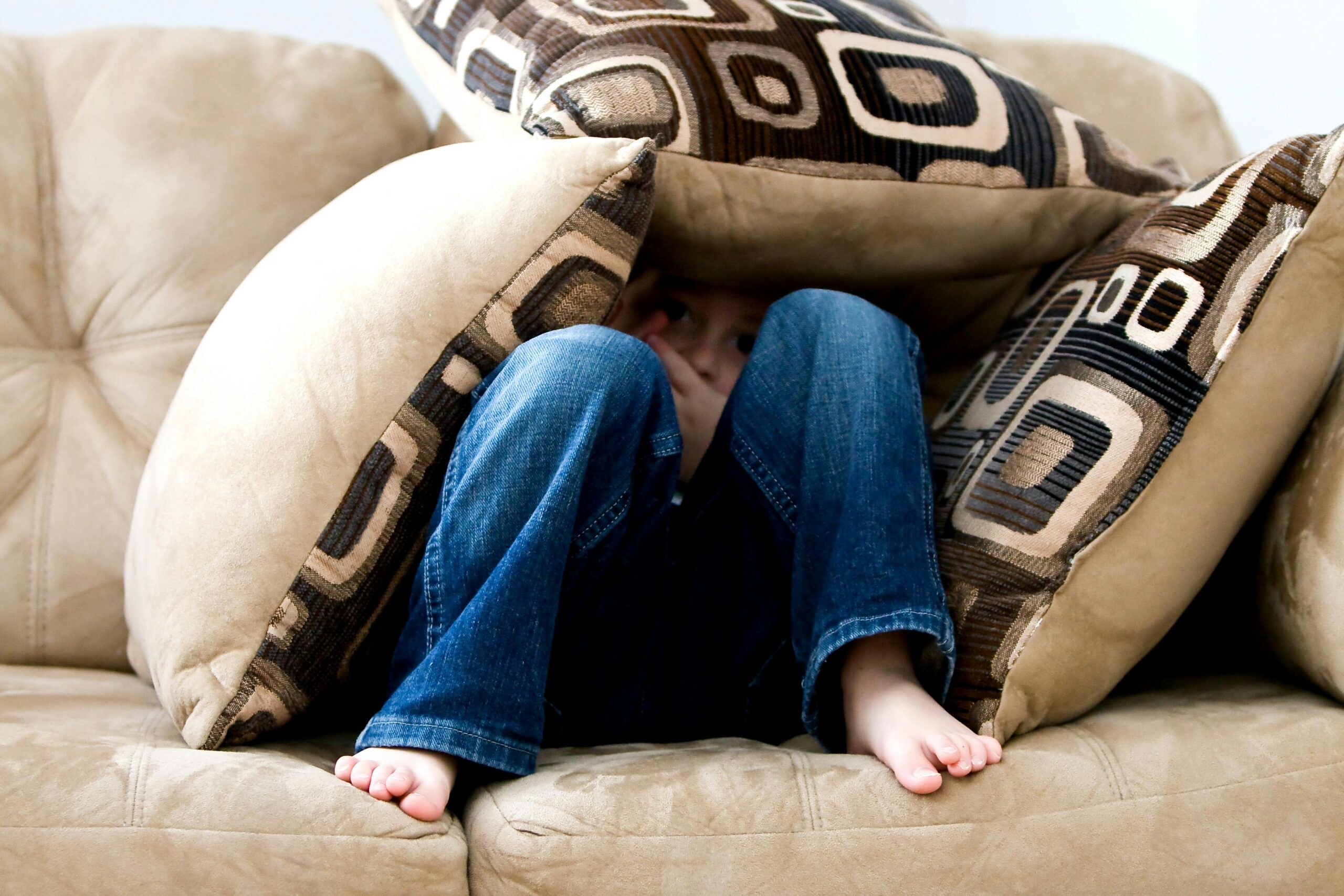
How to Reduce Humidity in House in Winter?
1. Understanding Humidity Levels in Winter
During the winter months, it’s common for homes to experience high levels of humidity. This is because cold air can’t hold as much moisture as warm air, causing excess moisture to accumulate in your home. Understanding the ideal humidity levels during winter is crucial in maintaining a comfortable and healthy living environment. Experts recommend keeping indoor humidity levels between 30-50% during winter. Anything above this range can lead to mold growth, musty odors, and even health issues like respiratory problems. By monitoring and controlling humidity levels, you can prevent these issues and maintain a healthy home environment.
2. Identifying Sources of Moisture in Your Home
Moisture can come from various sources in your home, and identifying them is crucial to reducing humidity levels. One of the most common sources of moisture is everyday activities such as cooking, showering, and doing laundry. These activities release water vapor into the air, which can accumulate and cause high humidity levels.
Leaky pipes or faucets can also contribute to excess moisture in your home. Even small leaks can add up over time and create a damp environment. Additionally, if your home has a basement or crawl space, it’s important to check for any signs of water damage or standing water, as these areas are prone to moisture buildup.
Another source of moisture that often goes unnoticed is houseplants. While plants can improve indoor air quality, they also release moisture through transpiration. If you have a lot of plants in your home, consider moving them to a well-ventilated area or reducing their numbers.
Lastly, if you have a humidifier, make sure to use it sparingly and clean it regularly. A poorly maintained humidifier can quickly become a breeding ground for mold and bacteria, which can worsen indoor air quality and increase humidity levels.
3. Improving Ventilation and Airflow
One effective way to reduce humidity in your home during winter is by improving ventilation and airflow. Proper ventilation allows moisture to escape from your home, preventing it from accumulating and causing problems like mold growth and musty odors.
To improve ventilation, you can start by opening windows and doors for a few minutes each day to allow fresh air to circulate. You can also use exhaust fans in areas where moisture tends to accumulate, such as the bathroom and kitchen. These fans help to remove excess moisture from the air and prevent it from spreading throughout your home.
Another way to improve airflow is by using ceiling fans or portable fans. These fans help to circulate air throughout your home, which can help to reduce humidity levels. Additionally, they can help to distribute heat more evenly, making your home feel warmer and more comfortable during the winter months.
Improving ventilation and airflow is an easy and effective way to reduce humidity in your home during winter. By taking these simple steps, you can create a healthier, more comfortable living environment for you and your family.
4. Using Dehumidifiers to Reduce Humidity
Dehumidifiers are a great tool to reduce humidity levels in your home during winter. They work by pulling moisture from the air and collecting it in a container or draining it outside. There are two main types of dehumidifiers: portable and whole-house. Portable dehumidifiers are smaller and can be moved from room to room, while whole-house dehumidifiers are installed directly into your HVAC system.
When choosing a dehumidifier, consider the size of your space and the level of humidity you need to reduce. A larger space will require a larger capacity dehumidifier. Look for models with adjustable settings and automatic shut-off features to ensure efficient and safe operation.
It’s important to regularly clean and maintain your dehumidifier to prevent mold and bacteria growth. Empty the water container frequently and clean the filter according to the manufacturer’s instructions. Additionally, make sure to place the dehumidifier away from walls and furniture to allow for proper airflow.
Using a dehumidifier is an effective way to reduce humidity levels in your home during winter. It can help prevent mold growth, improve indoor air quality, and create a more comfortable living environment.
5. Maintaining Proper Temperature Settings
Maintaining proper temperature settings is crucial in reducing humidity levels in your home during winter. It’s recommended to keep the indoor temperature between 68-72°F (20-22°C) to prevent excess moisture buildup. When the temperature drops below this range, it can cause condensation on windows and walls, leading to mold growth and other issues.
To maintain a consistent temperature, consider investing in a programmable thermostat. This device allows you to set different temperatures for different times of the day, ensuring that your home stays at a comfortable level without wasting energy. Additionally, avoid turning up the heat too high, as this can cause excess moisture in the air.
If you have a humidifier installed in your home, make sure to adjust the settings accordingly. During winter, it’s best to keep the humidity level between 30-40% to prevent excess moisture buildup. By maintaining proper temperature settings, you can effectively reduce humidity levels in your home and create a healthier living environment.
6. Other Tips for Reducing Humidity in Your Home
Apart from the five effective ways to reduce humidity in your home during winter, there are other tips that you can follow to keep your indoor air dry and comfortable. One of the easiest things you can do is to use moisture-absorbing materials such as silica gel packets or charcoal briquettes in areas where moisture tends to accumulate, such as closets, cabinets, and basements.
Another tip is to avoid overwatering indoor plants and to place them on trays filled with pebbles and water. This will help prevent excess moisture from evaporating into the air. Additionally, you can consider using a waterproof sealant on your basement walls and floors to prevent moisture from seeping in.
It’s also important to keep your home clean and free of clutter. Dust and dirt can trap moisture and contribute to high humidity levels. Regularly cleaning and decluttering your home will help improve airflow and reduce the amount of moisture in the air.
Lastly, if you’re experiencing persistent humidity issues despite following these tips, it may be worth investing in a professional inspection of your home’s HVAC system. A qualified technician can identify any underlying issues that may be contributing to high humidity levels and recommend appropriate solutions.




